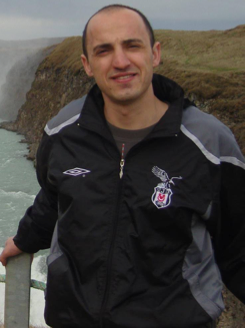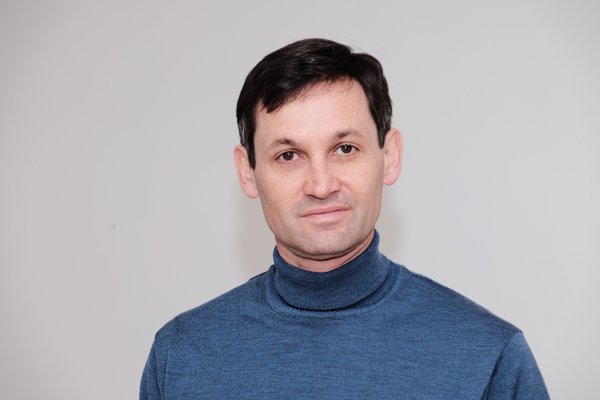Vita
Marcel obtained a MSc in materials science from ETH Zürich in 1994. He then joined the research groups of Prof. Ueli Suter in Polymer Science, and of Prof. Richard R. Ernst in Physical Chemistry at ETH as a doctoral candidate. In 1998, he obtained his doctorate, with a thesis on solid-state NMR investigations of glassy polymers under plastic deformation. In 1999, he joined the group of Prof. Pablo DeBenedetti at Princeton University as a postdoc, with a stipend from the Swiss National Science Foundation. A year later, he joined the Institute of Materials Science and the Department of Physics at the University of Connecticut as an Assistant Professor. He was promoted to Associate Professor with Tenure in 2006. In the same year, he moved to the University of Virginia, where he joined the department of Mechanical and Aerospace Engineering. In 2012, Marcel moved to the UK, joining the School of Chemistry at the University of Southampton. He was promoted to a personal chair in 2014. He currently heads the section of Magnetic Resonance within the School of Chemistry. Marcel lives in Winchester, UK, with his wife Song and their son KangKang.
Research Interests
Our main focus lies on the integration of microfluidic lab-on-a-chip technology with NMR spectroscopy and imaging. We believe that there is great potential for NMR in the context of LoC devices, due to its versatility, resolution, and non-invasive nature, which make it an ideal tool to study complex living systems.
In addition, we are also interested in the behaviour of complex materials. Recent examples of this include polyelectrolyte hydrogels and brick-and-mortar type micro-composites.

